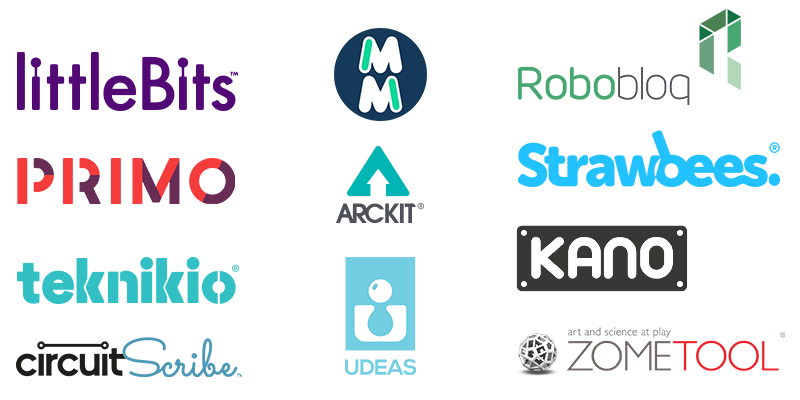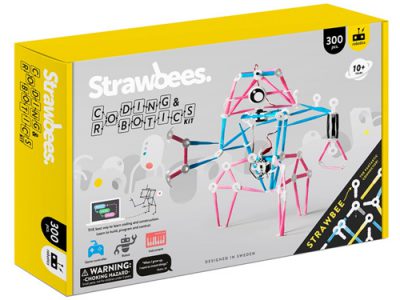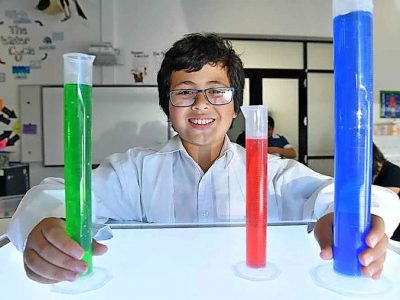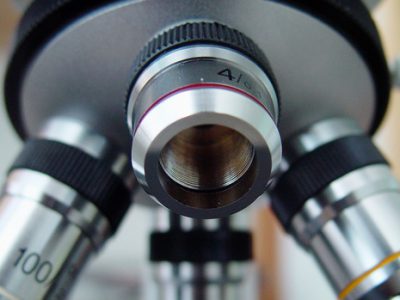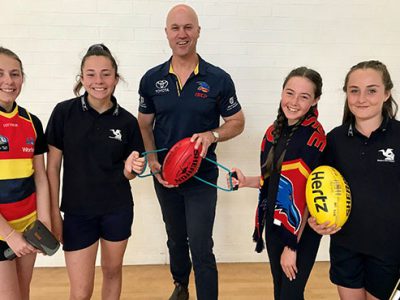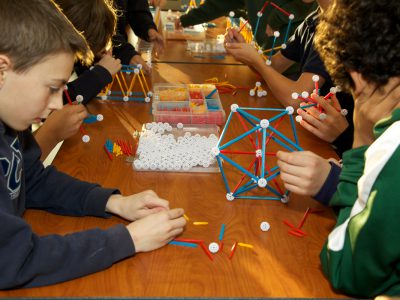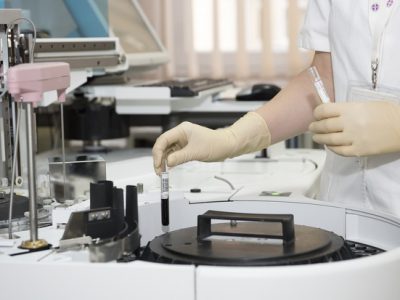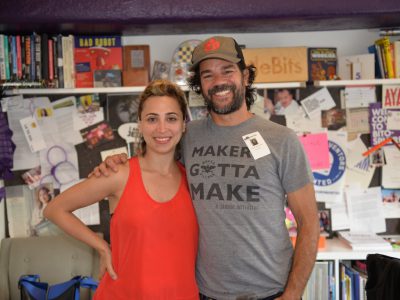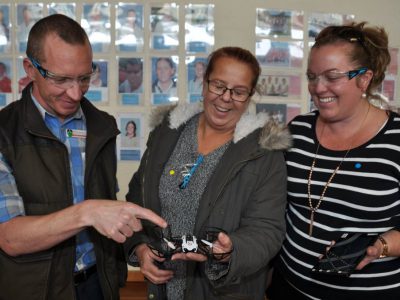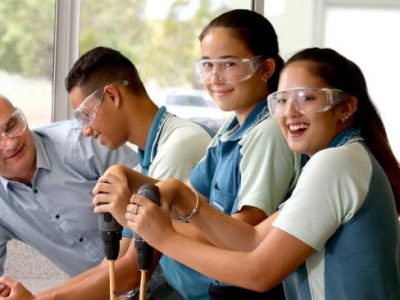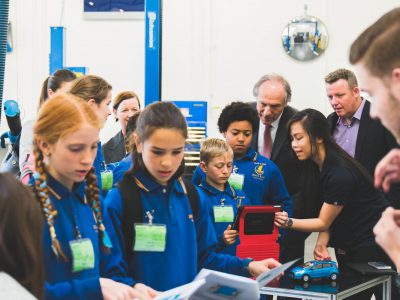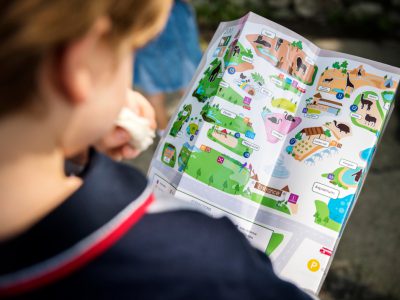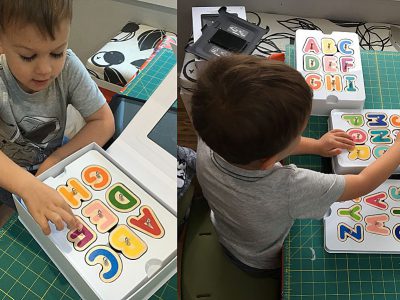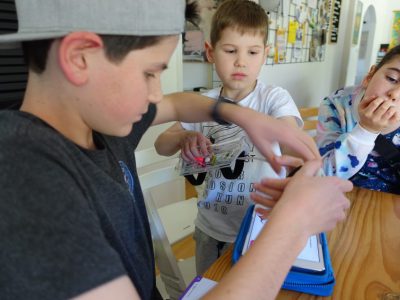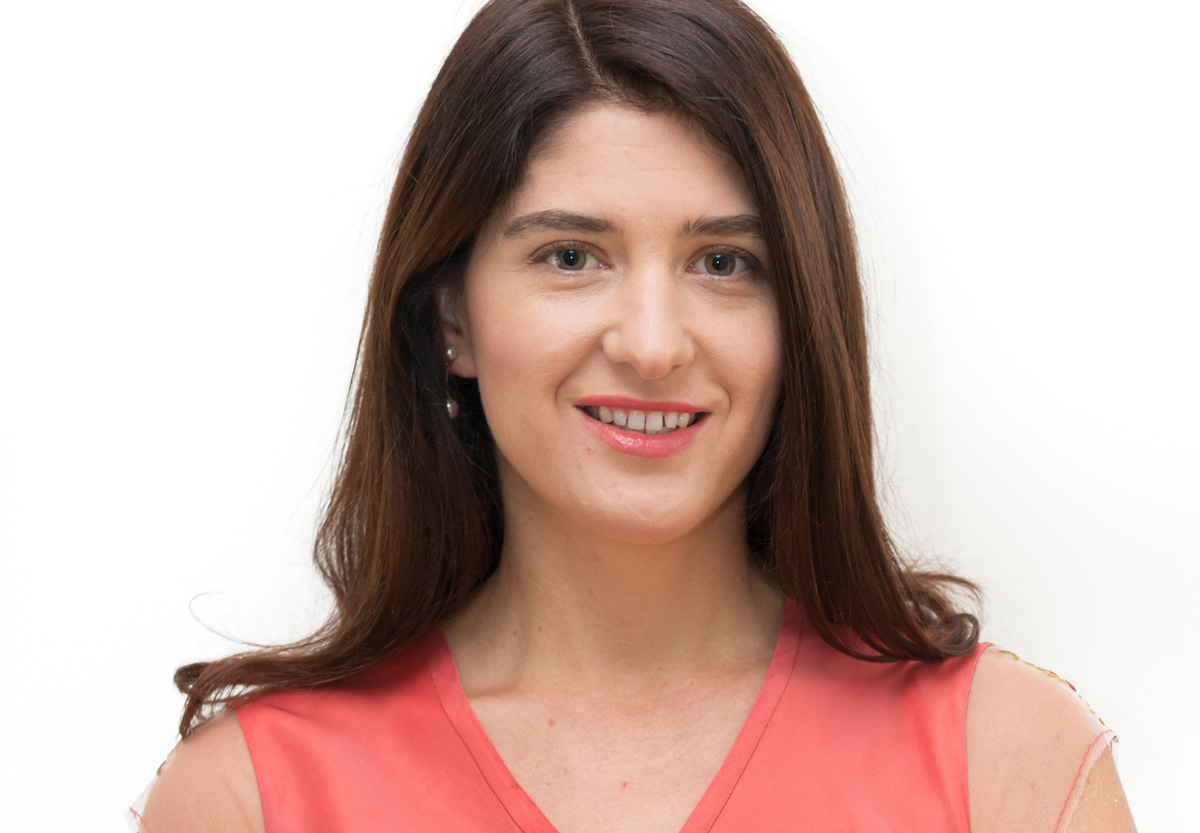
As a women of science, my heart sank listening to Dr Loren Miller recounting the experience of her science degree during the 1980s. She recalled a grey, dreary campus, lectures conducted by a stream of aged male professors and harsh and unwelcoming laboratories. She ended her talk with a sigh stating… “I felt that if I was to stay in science, I would be stepping off the big disco floor of life.” Two decades on and many of our female science students still share a similar experience.
Dr Millar was speaking at last week’s inaugural Connecting Women in STEMM (Science, technology, engineering, maths and medicine) Symposium. During the two days many initiatives showcased approaches to address the under-representation of women in STEMM. Some of the standout initiatives included the Tech Girls Movement, Franklin Women and Science 50:50.
Data from the Department of Education and Training shows there is near equal gender representation in STEMM bachelors’ degrees with 48.9{fa76ff8d89001c4e403402728e1a7786cd25c7bdb58a18ff0a8051c7751c2729} of women and 51.1{fa76ff8d89001c4e403402728e1a7786cd25c7bdb58a18ff0a8051c7751c2729} of men enrolled. Gender equality is a long way off for some science disciplines. For example, engineering, information technology and maths have between 18{fa76ff8d89001c4e403402728e1a7786cd25c7bdb58a18ff0a8051c7751c2729} and 23{fa76ff8d89001c4e403402728e1a7786cd25c7bdb58a18ff0a8051c7751c2729} female enrolments. Some disciplines are even experiencing a decline in female enrolments. We heard at the Connecting Women in STEMM symposium that physics at the University of Melbourne has seen a 20{fa76ff8d89001c4e403402728e1a7786cd25c7bdb58a18ff0a8051c7751c2729} decline in female enrolments.
Creating a STEMM workforce that represents our societal diversity is enormously important. There’s a high demand for skills in STEMM, forced by the growth of a digital economy, and other new technologies. The World Economic Forum highlights that our future workforce requires skills associated with complex problem, critical thinking and creativity. These are skills taught through a robust STEMM education. Furthermore, there have been many calls that Australia must position itself as a knowledge economy, which STEMM graduates are well placed to enable in the global marketplace.
Importantly, if our STEMM workforce isn’t diverse, innovation and creativity may be hampered. Not to mention the enormous productivity loss we experience when we’re only accessing a small amount of available talent.
It’s clear there’s a lot of activity in Australia to foster gender equity in STEMM and yet there is still much work be done.
Universities are well placed to ensure that our young STEMM women have the mindset, networks and knowledge of industry so they can establish their careers in STEMM. They can do this by creating an environment of belonging, tackling the confidence gap and promoting a diversity of science careers.
Create an environment for belonging
Through their university experience many young women can’t see a career for themselves in science. In part this is because of the old adage, ‘you can’t be what you can’t see’. A fact made clear to me recently when a student explained over the two years of studying chemistry, she’d only been taught by a female academic for five weeks.
This is where programs such as Science and Gender Equity (SAGE) pilot are vital. Whilst the SAGE pilot is focused on addressing gender inequity in the academic environment, it likely to have flow on impact into other sectors involving STEMM.
At universities across the STEMM disciplines there are only 17{fa76ff8d89001c4e403402728e1a7786cd25c7bdb58a18ff0a8051c7751c2729} of women in leadership roles. Many of these women are involved in teaching. For our undergraduate students, the few examples of females in leadership they come into contact with are through their lecturers. If women are not equally represented in the academic environment, there is visible lack of role models for our female students to observe and access.
The establishment of student focused programs, such as the student-led initiative of Women in Science and Engineering at Melbourne University, also provides a much needed culture of belonging for female students.
Tackle the confidence gap
The experience of science education is different between men and women. We also know that many young women experience a confidence gap and are more likely to experience imposter syndrome. Recent research showed how the career aspirations of female students changed in different ways from men as they progressed through science education. In particular, women were less likely to desire a career in research after completing a PhD.
Little research exists about the impacts of a gendered environment on our female students through their STEMM education and how this impacts future career choices. From what we do know of this experience, universities need to work towards ensuring unconscious bias is addressed and the impacts of a gendered teaching environment are limited through an inclusive curriculum. In addition, the establishment of mentoring programs are also a positive way to support female students experiencing barriers and to develop a mindset of success.
Value all science careers
The careers of science graduates are diverse. Yet the national conversation about our science superstars still focuses largely on people who’ve achieved success in research. This narrow view of the impact that our female science graduates can have is career limiting.
It’s important that this narrative shifts to encompass the wide variety of science careers held by both science researchers and science professionals. In addition, we need to showcase that women can have careers in science that are non-linear. One way for universities to accomplish this is through establishing internships and work integrated learning programs embedded in degrees. These programs will ensure our female science students can envision their potential careers and make vital industry connections.

